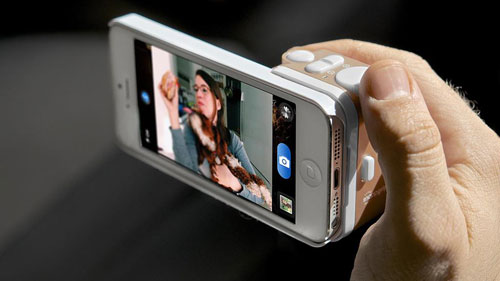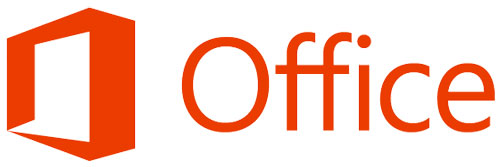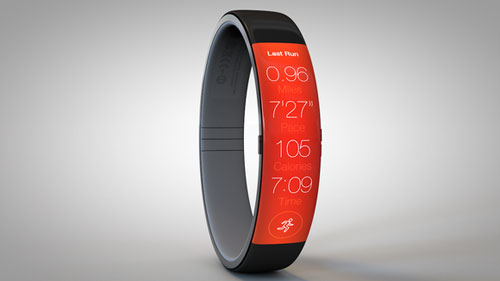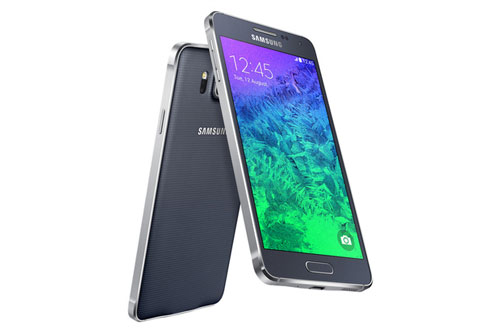This may be anathema for someone in the business of writing about tech to say, but I’m not all that interested in iPhone rumors. Shipping products are what grab my attention, not unicorns and phantasms. The minute Tim Cook holds up the new device is the minute it’s worthwhile to start examining features and specs, and all the speculation ahead of time is usually just the noise separating one Apple press event from the next.
So why did I take notice of this week’s report in the Wall Street Journal that Apple is going to use sapphire on the screens for at least one of its rumored iPhones—the larger, more expensive one—as well as that smartwatch everyone seems to think the company will announce next month?
Probably because I expect it to happen.
Or to put it another way, I’ve been waiting for a smartphone maker to replace the glass screens on its devices with the more durable sapphire since January 2013. I was sitting in a meeting room at that year’s Consumer Electronics Show in Las Vegas, and a couple nice gentlemen from GT Advanced Technologies were hipping me to the merits of sapphire as a component in handheld devices.
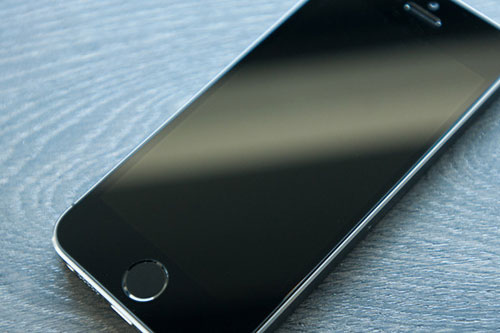
I was working on an article about how device makers were looking to bolster your phone’s durability—particularly when it came to screens that had a nasty habit of breaking when coming into unexpected contact with concrete. It was a subject that Paul Beaulieu, vice president of the sapphire materials group for materials and equipment provider GT Advanced Technologies, was happy to talk to me about. “Certainly one of the trends in mobile devices is that they’re thinner, lighter, and more widespread,” he said back in 2013. “All of those things contribute to higher breakage rates, given current materials.”
The solution, Beaulieu contended, was to use sapphire—perhaps an unsurprising answer, given that industrial sapphire is what GT Advanced Technologies manufactures. But sapphire is attractive as a possible glass replacement for other reasons, as my colleague Marco Tabini noted earlier this year. Chiefly, it’s the hardest natural substance after diamond, and GT Advanced Technologies had developed a way to produce it on a scale that wasn’t cost prohibitive.
GT’s Beaulieu told me something else back in 2013 that I didn’t quote in that article: He believed sapphire would be put to use in mobile devices by 2014. That was months before GT wound up inking a $578 million deal to supply Apple with sapphire. And it was more than a year before Apple opened a GT-run plant in Mesa, Arizona, to start churning out sapphire crystal.
There are, of course, hurdles to reaching our sapphire-encased future, which that Journal article is more than happy to outline. Apple faces risks from everything from demands on its supply chain to the cost of the material. (The Journal quotes an analyst who estimates that sapphire screen costs about five times as much as one made from Corning’s Gorilla Glass, which Apple reportedly uses on current iPhones, and that could either mean a higher price tag on new phones or slimmer profit margins for a company that likes profit an awful lot.)
Still, for Apple, these are risks worth taking if it means producing a phone that can stand out from the smartphone crowd. “A lot of [device makers] are looking for differentiation,” Beaulieu told me 20 months ago. If the Journal’s report is true, Apple may have found a way to do that.
Source: www.macworld.com
